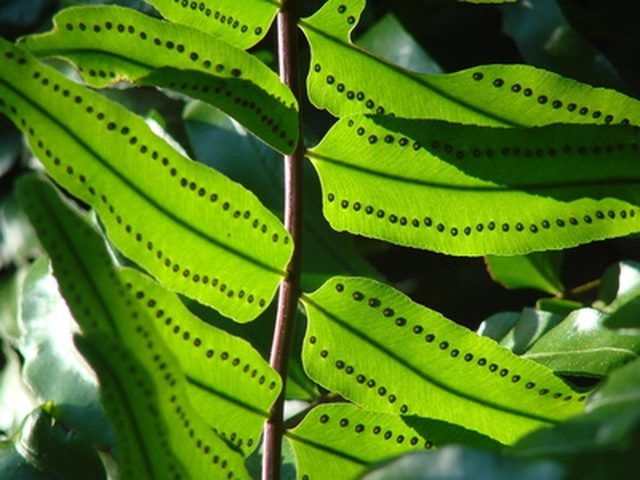Bulbs
Flower Basics
Flower Beds & Specialty Gardens
Flower Garden
Garden Furniture
Garden Gnomes
Garden Seeds
Garden Sheds
Garden Statues
Garden Tools & Supplies
Gardening Basics
Green & Organic
Groundcovers & Vines
Growing Annuals
Growing Basil
Growing Beans
Growing Berries
Growing Blueberries
Growing Cactus
Growing Corn
Growing Cotton
Growing Edibles
Growing Flowers
Growing Garlic
Growing Grapes
Growing Grass
Growing Herbs
Growing Jasmine
Growing Mint
Growing Mushrooms
Orchids
Growing Peanuts
Growing Perennials
Growing Plants
Growing Rosemary
Growing Roses
Growing Strawberries
Growing Sunflowers
Growing Thyme
Growing Tomatoes
Growing Tulips
Growing Vegetables
Herb Basics
Herb Garden
Indoor Growing
Landscaping Basics
Landscaping Patios
Landscaping Plants
Landscaping Shrubs
Landscaping Trees
Landscaping Walks & Pathways
Lawn Basics
Lawn Maintenance
Lawn Mowers
Lawn Ornaments
Lawn Planting
Lawn Tools
Outdoor Growing
Overall Landscape Planning
Pests, Weeds & Problems
Plant Basics
Rock Garden
Rose Garden
Shrubs
Soil
Specialty Gardens
Trees
Vegetable Garden
Yard Maintenance
Why Does Green Cellophane Affect a Plant's Growth?
Why Does Green Cellophane Affect a Plant's Growth?. Testing plant growth under colored cellophane is a common elementary school science project, though the science behind the results of these experiments can be more complicated. Since light quality is a major factor contributing to plant growth, plants respond differently to light from different...

Testing plant growth under colored cellophane is a common elementary school science project, though the science behind the results of these experiments can be more complicated. Since light quality is a major factor contributing to plant growth, plants respond differently to light from different areas of the color spectrum. Essentially, green cellophane placed over a plant can have a negative effect on plant growth because plant leaves reflect green light and absorb other colors.
The Color Spectrum
Light quality depends on its wavelength, which is determined by where it falls on the color spectrum. Sunlight, or any white light, is comprised of seven colors: red, orange, yellow, green, blue, indigo and violet. You can see these colors individually when light passes through a prism. Any object, not just plants, appears a certain color because it reflects light of that particular wavelength. Because most plant cells contain chlorophyll, the green pigment essential to photosynthesis, leaves appear green.
Red and Blue Light
Because chlorophyll best absorbs red and blue light, these wavelengths are most effective at encouraging plant growth. Plants have two kinds of chlorophyll, chlorophyll a (alpha) and chlorophyll b (beta), which are almost exact in molecular structure, though chlorophyll a tends to absorb light of red and violet wavelengths and chlorophyll b tends to absorb light of orange and blue wavelengths. This may be part of the reason why blue light seems to encourage foliage production and red light seems to encourage flowering.
Considerations
To say that plants cannot use green light at all would be inaccurate. Firstly, light coming in through green cellophane would still contain some light with red and blue wavelengths. Secondly, the hypocotyl of sprouting plants can respond positively to green light and grow quickly, a phenomenon that causes some confusion among young scientists in elementary school classrooms. However, prolonged exposure to green light can weaken a plant and cause strain on leaf growth.
Applications in Science
Colored cellophane experiments are not limited strictly to elementary school students. Plant physiologists at NASA, in searching for the most energy-efficient ways to grow vegetables in space, have made special growing lights called light-emitting diodes—or LEDs. LEDs eliminate the green wavelength and, as a result, give off less heat and use up less energy. Lettuce leaves grown under LEDs take on a black appearance because they absorb all the color they receive, though they still have the same taste and texture as plants grown under natural light.
Experiments at Home
For gardeners, it is helpful to know what wavelengths artificial lights produce in order to get the most desirable results for indoor plants and seedlings. For this, you need a spectrograph, which you can purchase or make yourself with a compact disc. Experiment with a variety of different light bulbs in order to determine what kinds use the lowest percentage of green wavelength. You could save energy and, at the same time, supply your plants with the light they most need to grow.